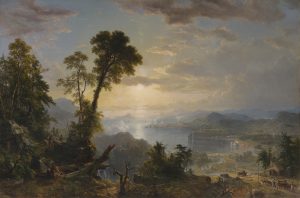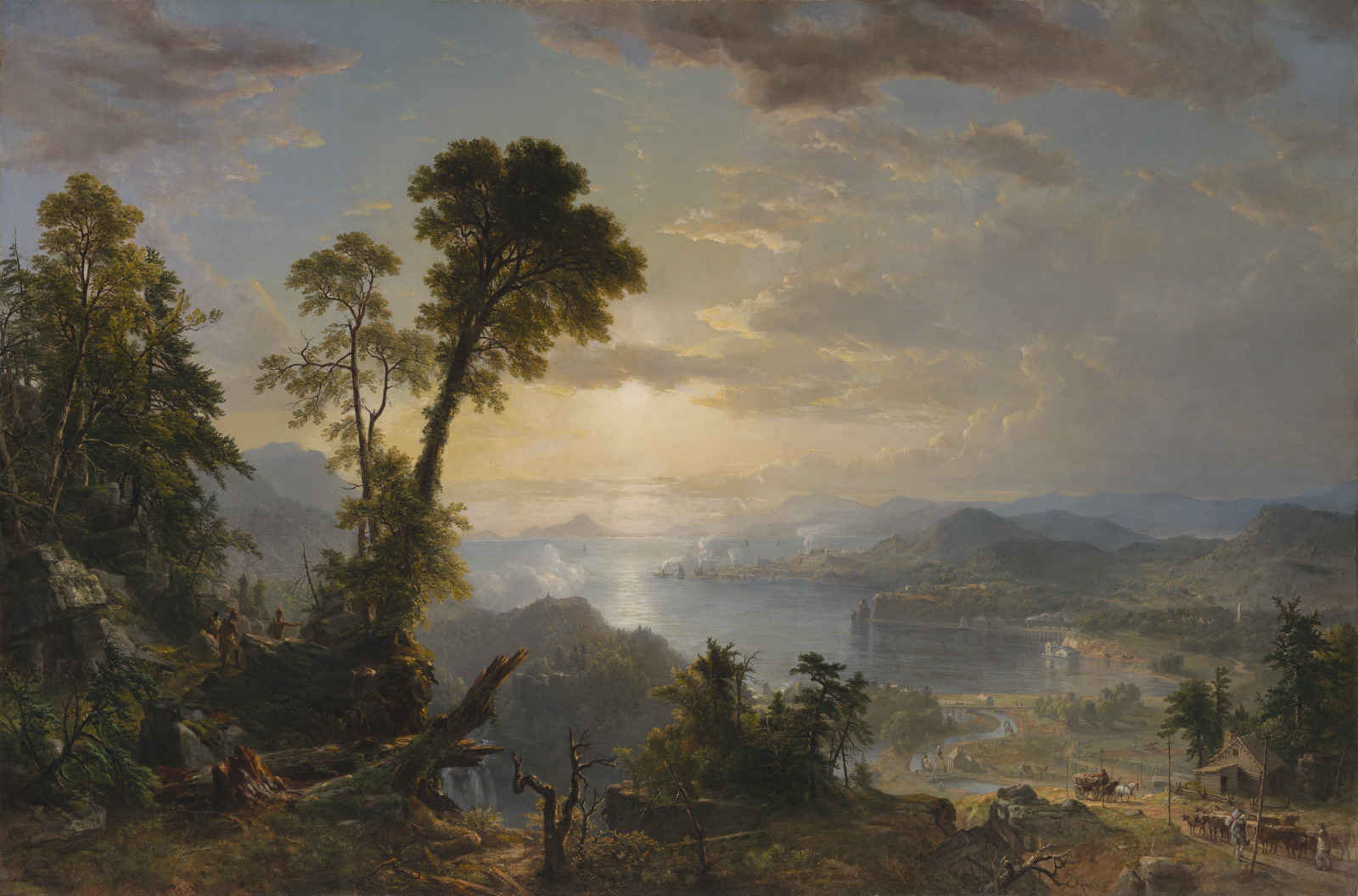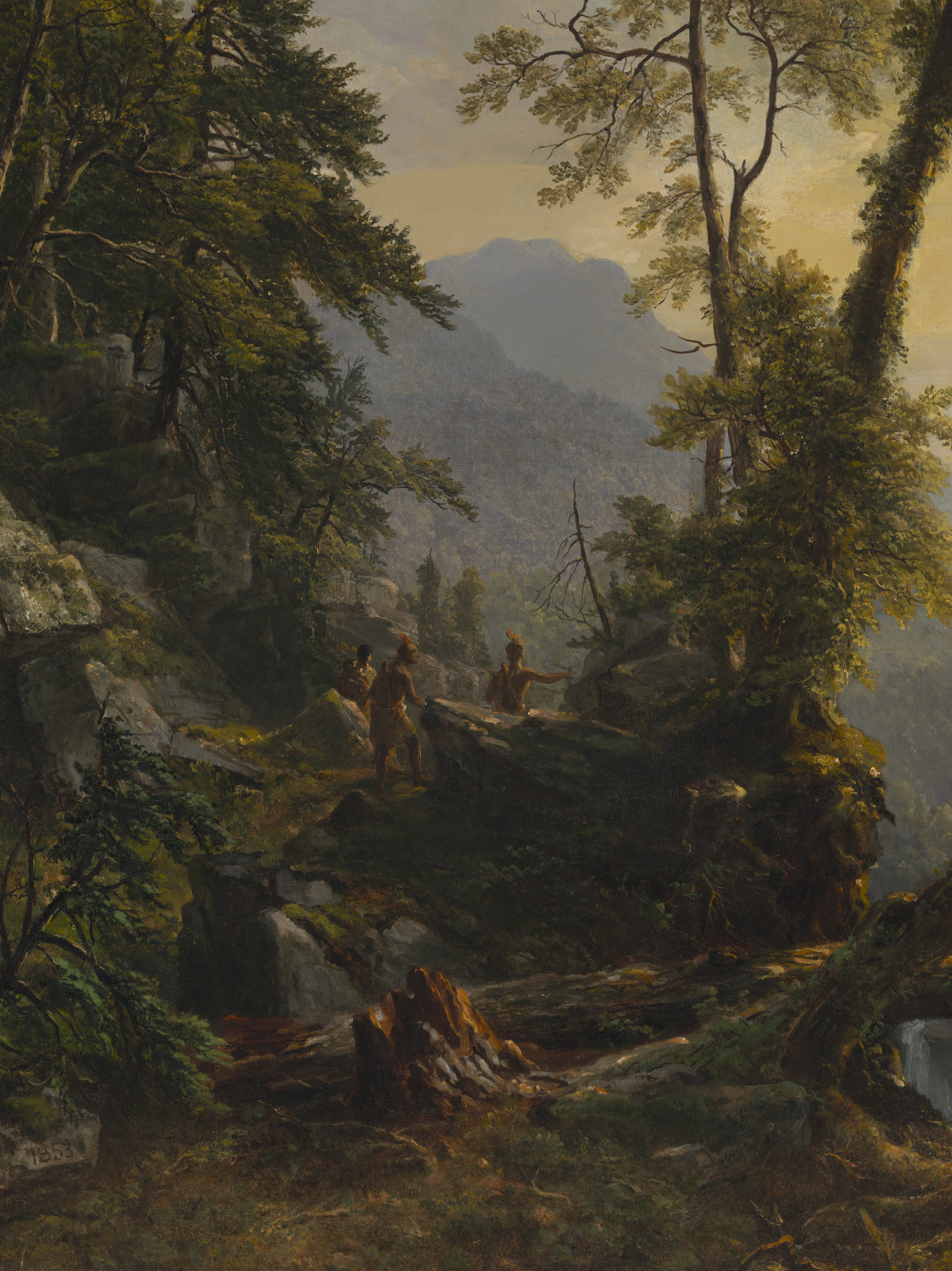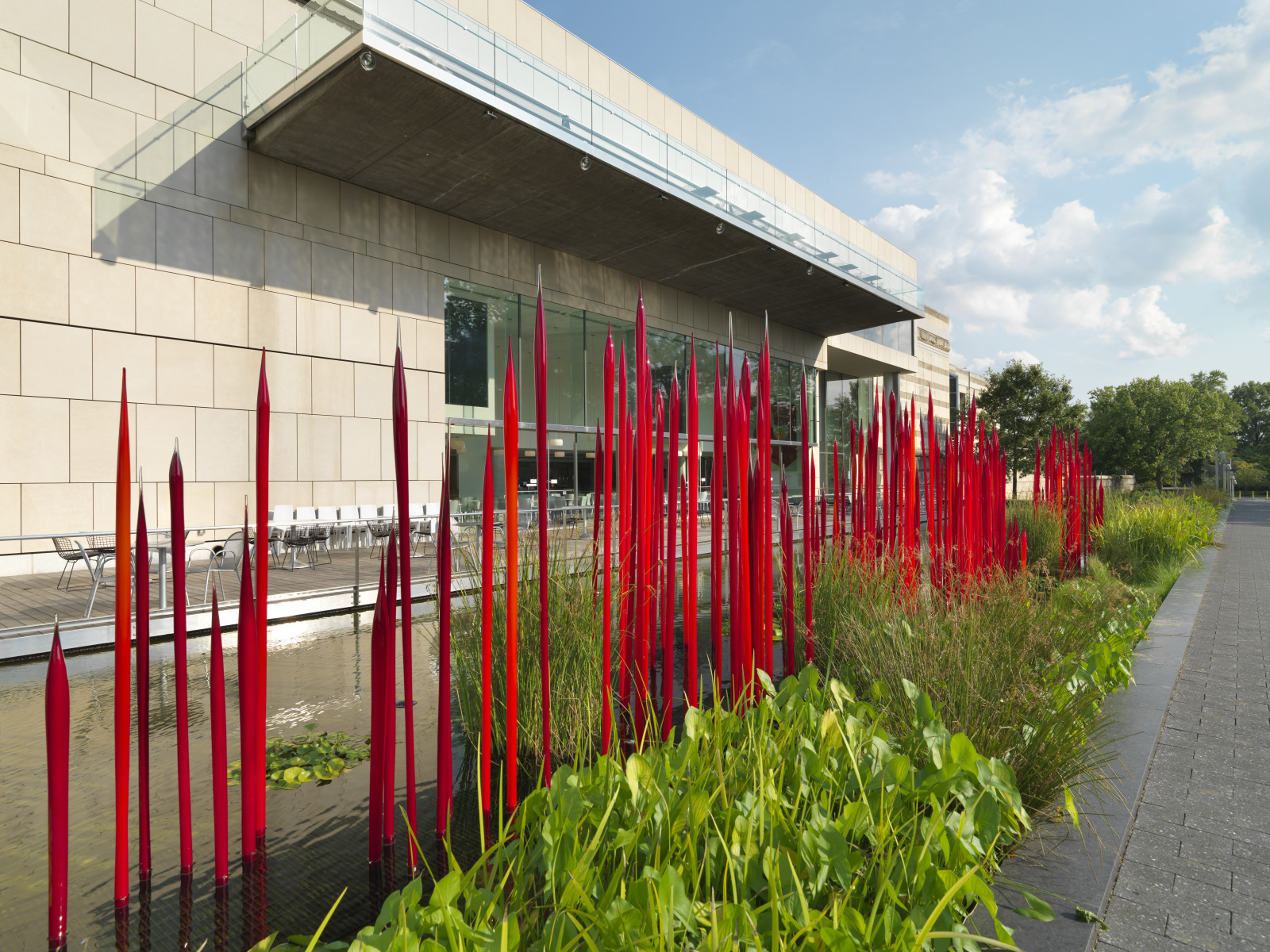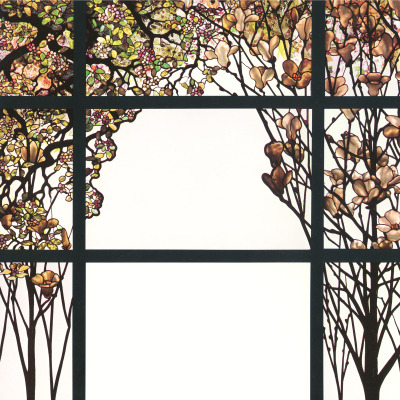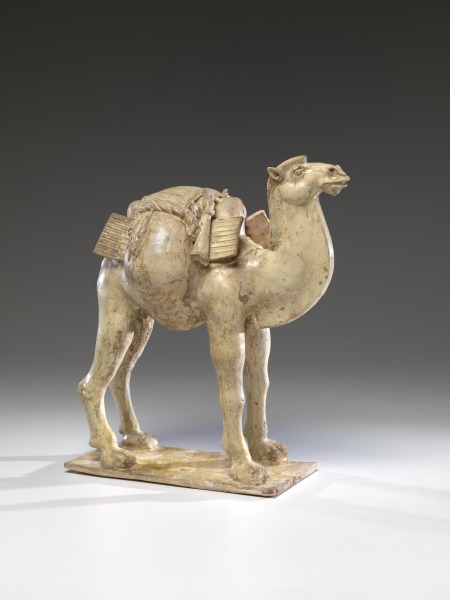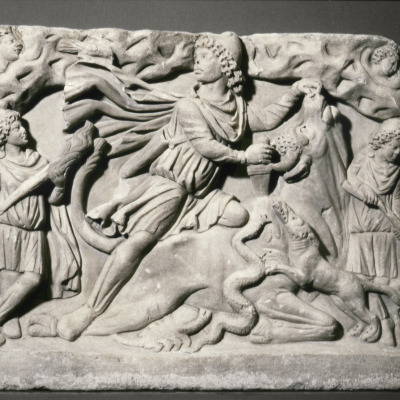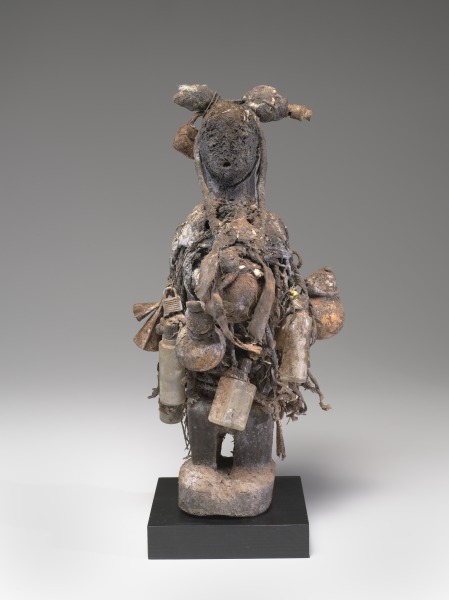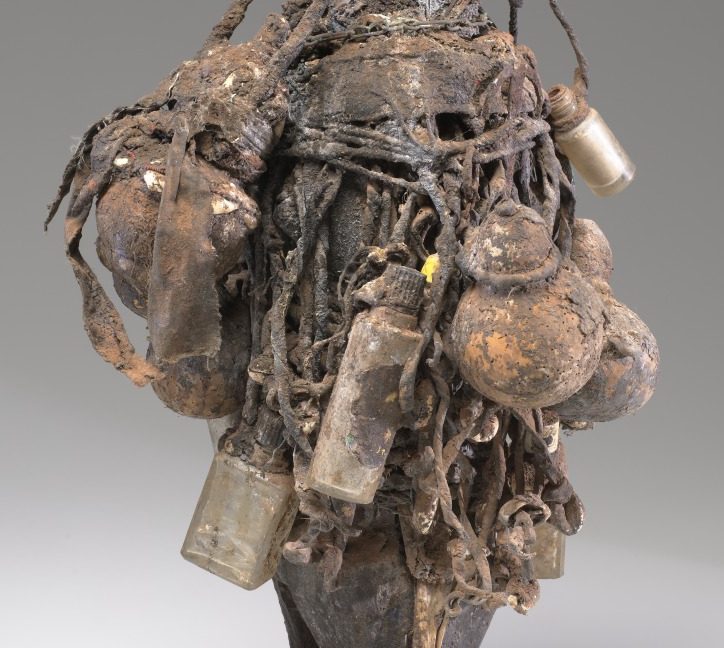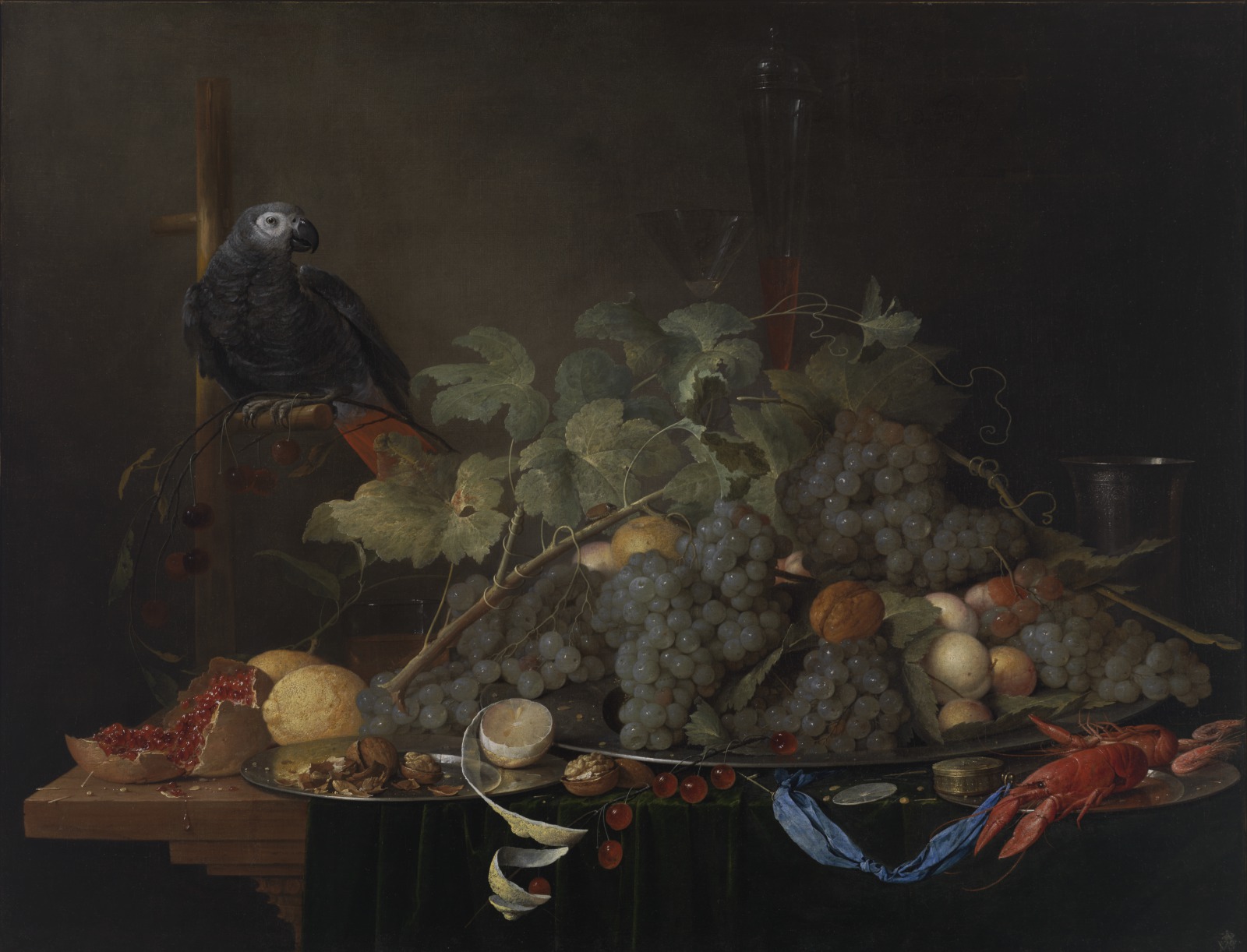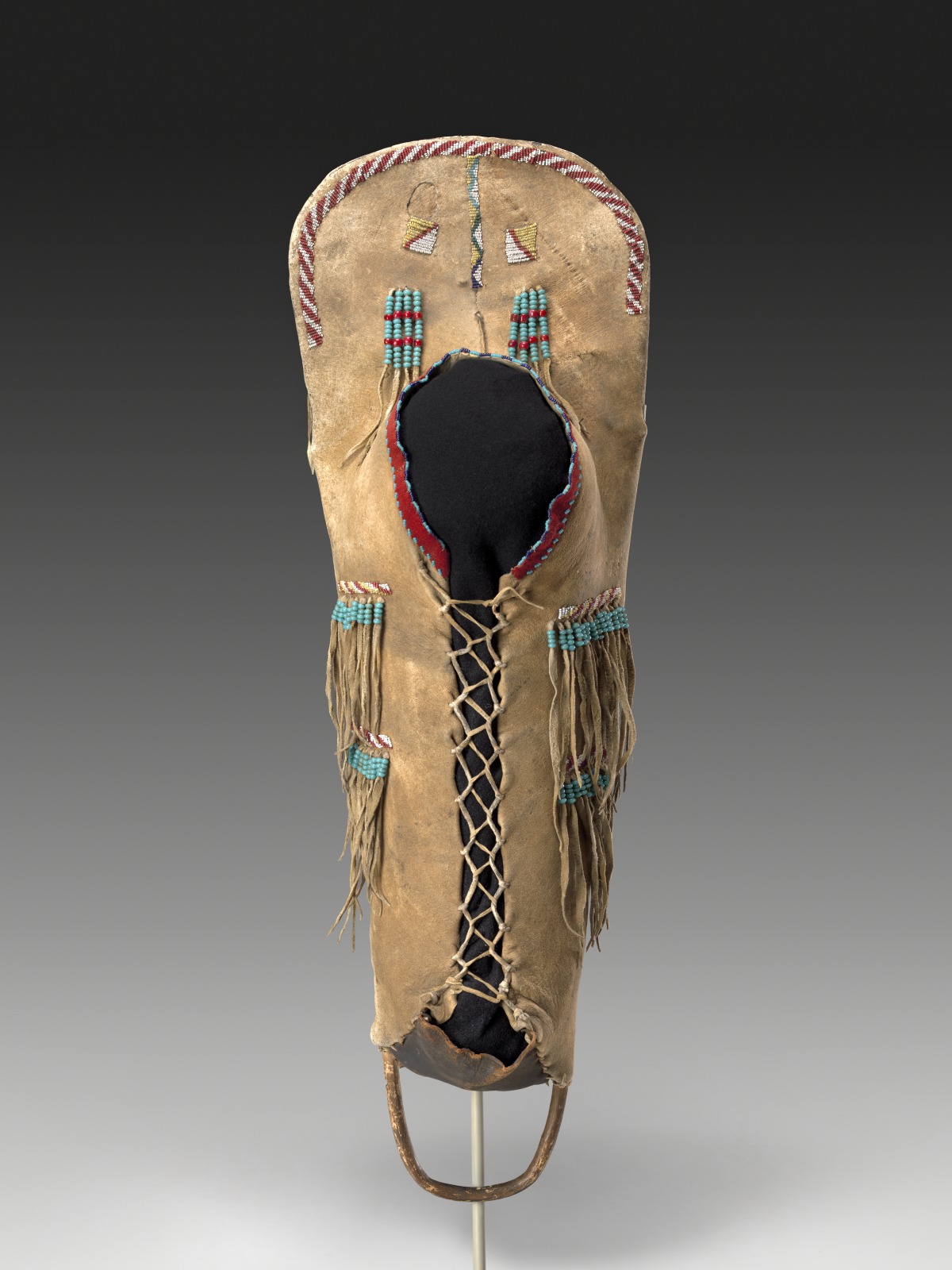Throughout time, humans have harnessed the power of wild animals both literally and figuratively. This domestication has led to humans, across cultures, using animals for transport, war, agriculture, religion, hunting, and indicators of status.
Museum visitors who encounter this Bactrian camel in the East Asian galleries may be intrigued by the many additions to its natural form. Laden with packs, vessels, and hunted game, the camel’s head is held high with its eyes on the destination of a journey.
Beginning around the 3rd century B.C., a web of trade routes linked China with parts of Central Asia, the Mediterranean, Africa, Europe, and South Asia. This network was later called the Silk Road because silk was one of the most desired products that traveled from East to West.
The best pack animals for many sections of the Silk Road were sturdy Bactrian camels, because of their ability to carry a great deal of weight over rough terrain while enduring the extreme conditions of the Gobi desert, where it could be very hot during the day and very cold at night. This glazed earthenware sculpture represents one of these two-humped camels, which were so prized that they became a popular subject for Tang dynasty funerary sculptures. The ancient Chinese believed in a life after death, so they buried their dead with things they thought would be needed in the afterlife. During this time, models of camels, entertainers, and soldiers were made to accompany the burial of the wealthy. These objects were considered useful in the afterlife and signified the owner’s importance, which was often based on the wealth derived from trade along the Silk Road.
